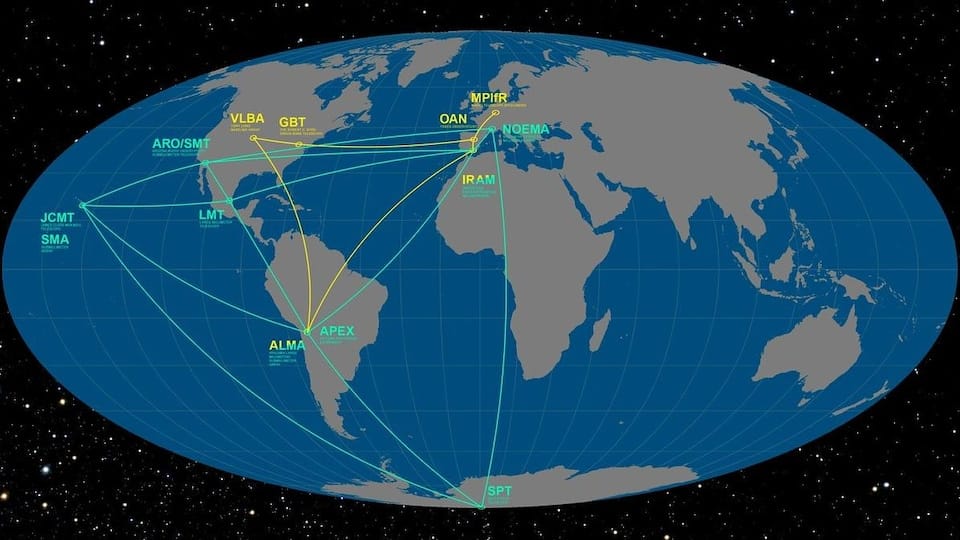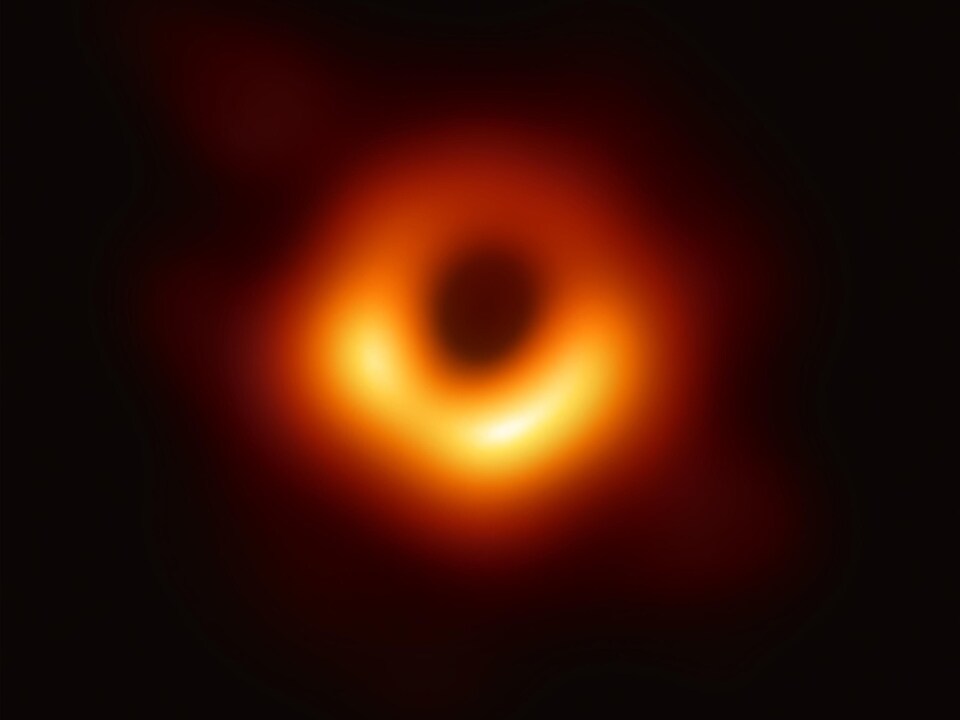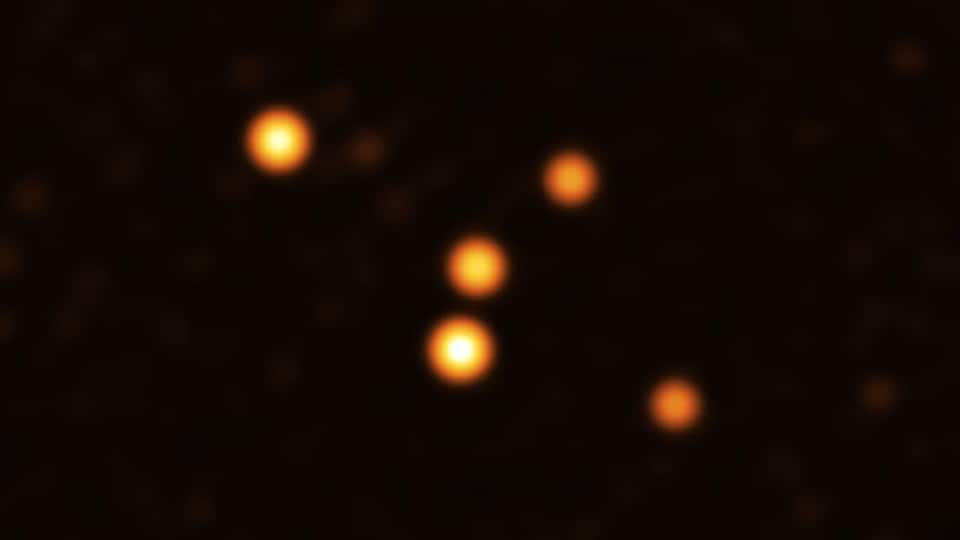The stars seem aligned for us to present humanity with the very first photograph of Sagittarius A*, the black hole located at the center of the Milky Way, but we must not get carried away too quickly. When the celestial rumor last ran, in 2019, ESO and its partners presented the image of the black hole at the center of the Messier 87 galaxy instead.
This announcement was no less historic, since it was the very first photo of a black hole, one of the most mysterious objects in the Universe.
Around Sagittarius A*
Astrophysicist Olivier Hernandez, director of the Rio Tinto Alcan Planetarium, thinks this time will be the right one. Maybe they’ll tell us they couldn’t see it, but I’d be surprised.
he says with humor.
Hernandez thinks a Sagittarius A* image will likely be similar to Messier 87, but it could also surprise.
” Depending on the angle from which a black hole is observed, the outline can take several forms. It could take the shape of a ring, like M87 does, but it could also take a slightly more bizarre shape. […] What is interesting is to know from what angle we look at it. »
If the news is confirmed, astrophysicists will therefore have succeeded in showing the silhouette
of Sagittarius A*, which will confirm that the object at the center of our galaxy is indeed a black hole, a region of space whose gravitational field is so intense that it prevents any form of matter or radiation from entering. escape it.
This silhouette corresponds to the event horizon which marks the immaterial limit of entry into the black hole. What we will see is the accretion disk, that is to say the gas which is heated and which begins to fall towards the black hole
says the astrophysicist.
This outline of the black hole is considered one of the most violent places in the Universe, and the point of no return beyond which everything – i.e. stars, planets, gas, dust and any form of electromagnetic radiation, including light, would be irreversibly sucked out.
Landmarks
- The Milky Way is a spiral galaxy.
- In the center is a shiny nucleus, called a bulge, from which spring spiral arms that form a huge flattened disc.
- At the center of the bulge is Sagittarius A*, a supermassive black hole.
- The bulb and disc are surrounded by a spherically shaped region called
the halo
. - Sagittarius A* is about 4.5 million times more massive than the Sun
- The galaxy includes over 100 billion stars, interstellar dust and gas.
- Our Sun is located on one of the spiral arms, about 27,000 light-years (1 AL = 9460 billion kilometers) from the center of the Milky Way.
Better estimate its mass
The very first image of Sagittarius A* will make it possible to better estimate its mass. Is it as massive as Messier 87? Do we have the same kind of monster inside our own galaxy? Probably not. It is certainly a little less massive, but still massive enough to be interesting
explains Mr. Hernandez.
Dozens of astrophysicists took part in the collective effort which will be unveiled at 9 a.m. Thursday. You should know that each telescope produces huge amounts of data, which must then be shared.
Last December, the most detailed and sharp images to date of the region surrounding Sagittarius A* were released on ESO. The Very Large Telescope Interferometer (VLTI) has made it possible to zoom in 20 times more than was possible before. This precision made it possible to detect a star never observed before, called S300, near the black hole.
Sagittarius A* is not the only black hole in the Milky Way. There are dozens of stellar black holes that form during the gravitational collapse of massive stars at the end of their life that explode as supernovae. To date, 20 such black holes have been confirmed in our galaxy.
Reference-ici.radio-canada.ca


